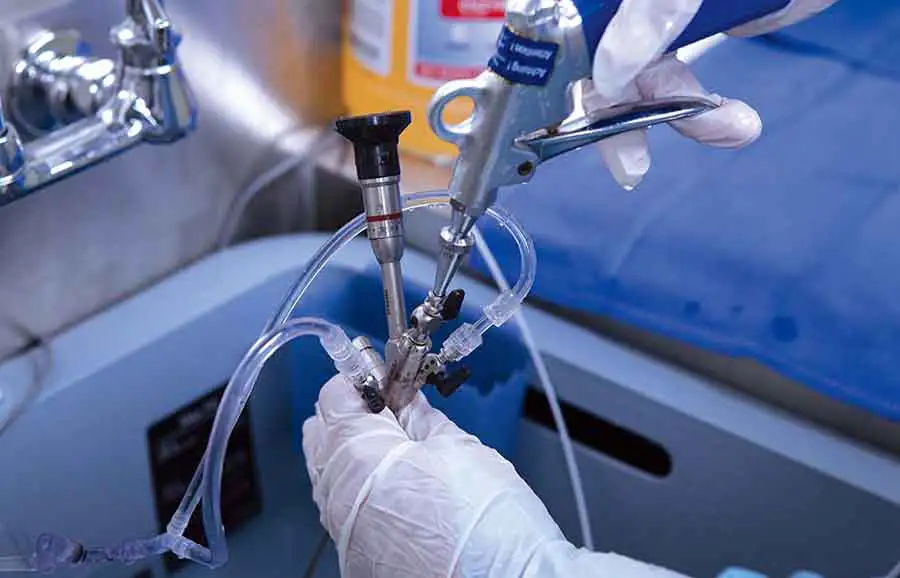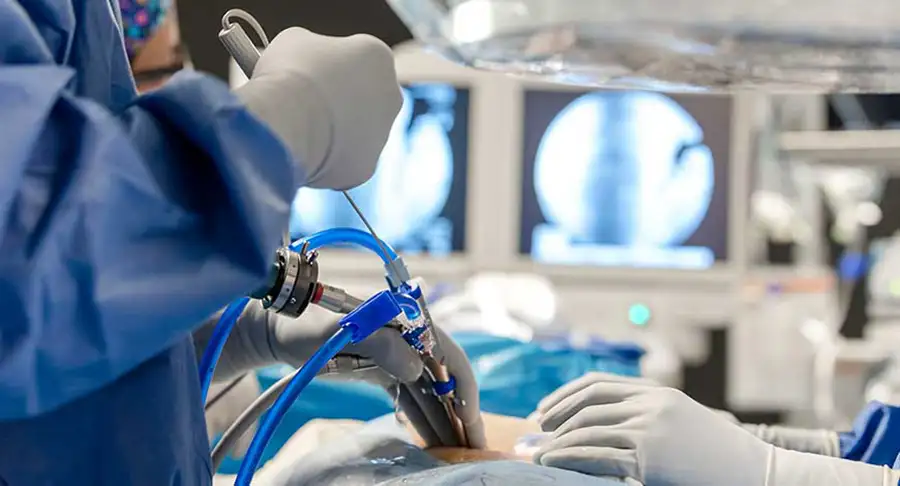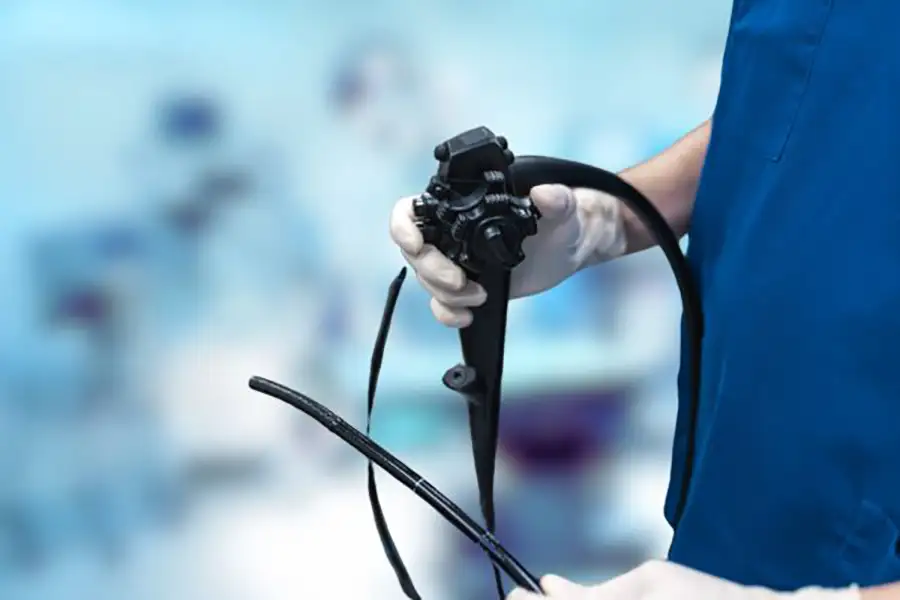Table of Contents
Hospitals increasingly rely on customized ODM endoscope devices to improve patient care and streamline procedures. These hospital-ready systems combine high-definition imaging, ergonomic design, and flexible configurations to support both routine diagnostics and specialized surgeries.
ODM, or Original Design Manufacturer, refers to the approach of designing and producing medical devices according to a hospital’s specific requirements. Unlike standard off-the-shelf equipment, ODM devices are collaboratively developed between hospitals and manufacturers to ensure they meet precise clinical, operational, and regulatory needs.
Customized ODM endoscopes allow healthcare facilities to select features such as insertion tube diameter, imaging resolution, light source type, and ergonomic configurations. This ensures compatibility with various medical specialties, including gastroenterology, urology, pulmonology, and minimally invasive surgery. By leveraging ODM solutions, hospitals gain devices optimized for both clinical performance and workflow efficiency.
Hospitals often face challenges with standard devices, including limited adaptability for unique patient anatomies, insufficient image clarity, or lack of integration with digital hospital systems. ODM endoscopes address these gaps by offering:
Tailored imaging systems with adjustable angles and resolutions
Ergonomic handles and control mechanisms designed to reduce physician fatigue
Modular designs that allow future upgrades without complete replacement
Integration capabilities for hospital information systems, enabling real-time data storage and sharing
Through these features, ODM endoscope devices provide hospitals with equipment that is not only clinically effective but also operationally sustainable.
High-resolution imaging allows early detection of subtle lesions and abnormalities, improving diagnostic accuracy
Adjustable light sources and flexible insertion tubes enhance visibility in complex procedures, even in challenging anatomical regions
Ergonomic design reduces physician fatigue during lengthy operations, improving focus and precision
Precision instruments reduce surgical risk and improve patient safety
Compatibility with digital recording systems facilitates case documentation, interdisciplinary consultations, and medical training
In gastroenterology, customized ODM endoscopes provide superior visualization of the colon and upper digestive tract, enabling early detection of polyps and other abnormalities. In urology, specialized designs allow precise navigation of the urinary tract, improving surgical outcomes. Similarly, pulmonology applications benefit from improved imaging of bronchial passages, reducing the need for repeated procedures.
Customized devices also support sensitive patient groups. Pediatric cases, for example, require smaller insertion diameters and gentler light sources, while high-risk surgical patients benefit from precise, minimally invasive tools that minimize tissue trauma.
Customized ODM endoscope devices play a crucial role in enhancing patient outcomes. By enabling minimally invasive procedures, these devices reduce tissue trauma, lower infection risks, and shorten recovery times. Patients benefit from:
Reduced post-operative pain and discomfort
Faster rehabilitation and shorter hospital stays
Lower incidence of complications and readmissions
Higher overall satisfaction due to smoother treatment experiences
Clinicians also benefit from more reliable visualization, which reduces procedure errors and increases confidence in clinical decision-making. In addition, the improved workflow efficiency allows hospitals to schedule more procedures without compromising quality, ultimately improving access to care for patients.
Case studies have shown that hospitals using customized ODM endoscopes report significant reductions in procedure time and complication rates, particularly in high-volume departments. By combining advanced imaging, ergonomic handling, and optimized workflow, these devices contribute directly to safer and more effective patient care.
Customization enables departments to select features and specifications tailored to their specific needs
Multi-department compatibility reduces the number of different devices required, simplifying inventory and training
ODM manufacturers offer long-term maintenance and upgrade services, ensuring consistent device performance
Cost-effective solutions that align with hospital budgets while maintaining high clinical standards
For hospital procurement teams, ODM solutions simplify the acquisition process. Instead of negotiating with multiple suppliers for different models, hospitals can partner with a single ODM manufacturer to supply devices across multiple departments. This standardization reduces training requirements for staff, streamlines maintenance schedules, and ensures a consistent level of care throughout the facility.
Long-term support from ODM manufacturers also ensures that devices can be upgraded as technology advances, protecting the hospital’s investment and keeping equipment up-to-date with clinical best practices.
The future of ODM endoscope technology is closely tied to advancements in artificial intelligence, robotics, and modular system design. Emerging trends include:
AI-assisted diagnostics: Real-time image analysis and automated lesion detection help physicians identify issues more quickly and accurately
Robotic surgery integration: Endoscopes compatible with robotic-assisted systems improve precision in complex procedures
3D and high-definition imaging: Enhanced visualization supports advanced minimally invasive techniques
Modular, scalable designs: Hospitals can expand or upgrade capabilities without replacing entire systems
These innovations ensure that ODM endoscope devices remain adaptable to evolving clinical needs while improving patient safety and procedural efficiency. Hospitals that adopt these technologies are better prepared for future challenges and can offer cutting-edge care to their patients.
Customized ODM endoscope devices represent a strategic investment for hospitals, combining clinical performance, operational efficiency, and adaptability. By partnering with a trusted ODM manufacturer, healthcare facilities gain access to high-quality, hospital-ready devices that enhance physician capabilities, improve patient outcomes, and support long-term operational sustainability.
Copyright © 2025.Geekvalue All rights reserved.Technical Support:TiaoQingCMS